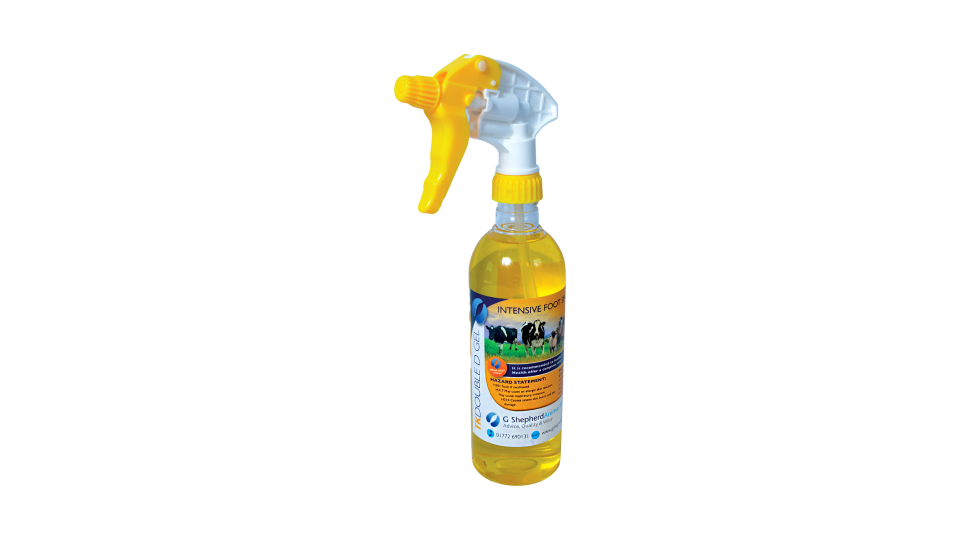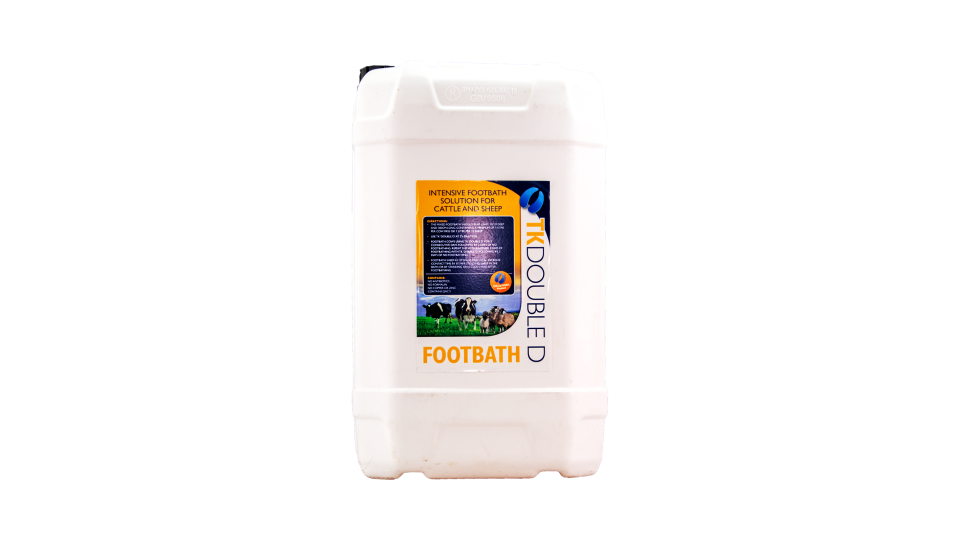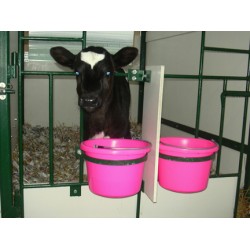'You need to love, or at least like sheep to keep them, but foot troubles make it a difficult relationship!'
Here are my thoughts as a vet, and a 'born & bred' , 'dyed in the wool' sheep farmer & Shepherd
Thanks for reading,
Graham Shepherd.
--------------------------------------
Reducing Sheep Lameness in the UK.
Sheep lameness has many combining causes, known as ‘multi-factorial’: grass abrasion, hoof quality, nutrition and infection.

Infection is a common cause and needs to be tackled like all infectious diseases- by increasing the resistance of the animal and reducing the challenge to the animal (i.e. the number of bugs attacking the foot)
A quick summary of my thoughts are-
- Keep a closed flock if you can. However the hybrid vigour and simplicity of a mule-style system suits many sheep farmers. The closed flock allows you to keep the benefits of ear-notch based culling and breeding replacements from the non-notched ewes
- Tackle CODD with the help of your Vet
- If its footrot, ideally get your vet to confirm it is footro and vaccinate. Do not inject yourself and read the warnings and the full datasheet! I find Footvaxxing the ewes after lambing has a knock on effect in the lambs, including scald, due to reduction in the level of challenge
- At handling times use Nice ‘n’Dry powdered foobath to reduce spread.
- Proper disease needs either a spray or a footbath, e.g. TK Double D gel spray & Intensive footbath. Also involve your vet to see if prescription antibiotics are warranted and how to use them to maximum effect.
Last decade in a study by the University of Warwick, it was found that lameness in sheep in England halved between 2004 & 2013 from 10% to 5%. Footrot & scald are still the most common cause of lameness but 58% of flocks now have contagious digital dermatitis (CODD) and this is contributing to lameness significantly.
The reduction in level of lameness is linked to changes in management
- More farmers are rapidly treating lame sheep, so they can recover quicker (although it is difficult to catch the lame sheep in a larger group, especially as less sheep appear lame when rounded up and in a state of alertness.)
- More farmers are using both antibiotic injection & spray without foot trimming to treat individual sheep with footrot scald & CODD
- Fewer farmers are routinely foot trimming their flock
- More farmers are vaccinating against footrot (increasing immunity)
- More farmers are selecting breeding stock from always-sound ewes (genetic resistance)
Using the information, from this questionnaire this is the first study to provide evidence for the benefits of the following management practices in reducing lameness in sheep:
- Quarantine new & lame stock – Only periods longer than 3 weeks are effective in reducing flock lameness & do so by about 20%. quicker (again, it is difficult to catch the lame sheep in a larger group, especially as less sheep appear lame when rounded up and in a state of alertness.)
- Early detection & treatment with antibiotics – Farmers catching & treating lame sheep within 3 days of them becoming lame had 30%-40% lower levels of lameness.
- Avoiding foot trimming – Farmers who were still routinely foot trimming had 30%-70% higher levels of lameness in their flocks; lameness was higher the more sheep that bled during trimming.
- Replacing breeding stock with lambs from always-sound ewes. This reduced the level of lameness by about 25%. This genetic improvement is slow, but will be faster when combined with culling, like “ 2 ear notches and they are out
- Vaccination against footrot – when all sheep were vaccinated once a year the average reduction in lameness was 20%. ( My own experience is that the results are very good, but it will depend on how the vaccine is used and what strains of bacteria are involved. I did take swabs and our strain was in the vaccine.)

This study also provided supporting evidence to other studies that footbathing to prevent scald lowers the flock lameness.
Sheep Lameness Advice
Lameness is one of the main welfare and productivity issues in sheep farming today. Obviously it is an important drain on profit too!
Lame sheep spend less time feeding and more time lying down which can lead to slowed growth in lambs or decreased body condition in ewes and tups with associated problems with fertility.
Lameness can soon spread quickly through a group of sheep so proper prevention and control is important.
There are a number of potential causes of lameness in sheep, however two of the most common problems are CODD, scald and footrot.

CODD – Contagious Ovine Digital Dermatitis
CODD is very contagious and is linked to the similar disease on cattle. It is spread by animals feet, surfaces and slurry / manure. Vet prescribed antibiotics are important in its treatment as well as management with footbathing and also footrot & scald control to reduce access points in the foot
Scald
Scald is a bacterial infection of the skin in-between the claws of the hooves which is most common when sheep are on wet grass.
It is caused by the bacteria Fusobacterium necrophorum which can be found in soil and manure and so it is almost impossible to avoid if no precautions are taken. Also scald may be caused or made worse by mild strains of footrot bacteria. Either way it allows "footrot proper" to take hold.
It can affect ewes, however at grass it frequently causes problems in lambs and can quickly affect a large number of lambs in a group which can drastically decrease daily liveweight gain.
Individual cases can be treated with disinfectant spray and when large numbers are affected, footbathing can be a good option.
Scald can quickly affect large numbers of lambs within a group when certain areas in a field such as around creep feeders become wet and muddy. These act as a reservoir of infection leading to lameness spreading quickly.
Footrot
Footrot is a painful bacterial infection which can affect both sheep and lambs. Affected sheep can become very lame and remain lame for long periods and the infection can spread under the horn tissue to the point where the sole is under-run and the wall becomes separated. It is caused by the bacteria Fusobacterium necrophorum (scald firstly) and then Dichaelobacter nodosus. F. necrophorum are found in soil and manure, however D. nodosus are infectious and spread from hoof to hoof.
This means biosecurity is very important to controlling footrot. Care should be taken to ensure that bought in sheep are free from footrot and also affected sheep are kept away from healthy sheep until they are no longer infected.
As with scald, footrot can be transferred between hooves at areas such as gateways and around feeders and feed blocks where lots of foot traffic and muddy conditions means that bacteria can be transmitted easily between sheep.
To overcome this, regular disinfection of the hooves can ensure that the bacteria causing the problem are killed before they get chance to cause footrot. With traditional footbathing, this would be impractical to achieve due to the frequency of footbathing needed to be effective and amount of time involved in footbathing.







